New classics – five models that turned 40 this year
Young timers, oldies but goldies, modern classic or just classics? Confused? We are, but whatever title you choose to give these cars, their 40th anniversary is well worth celebrating
Alfa Romeo 75 (1985-1992)
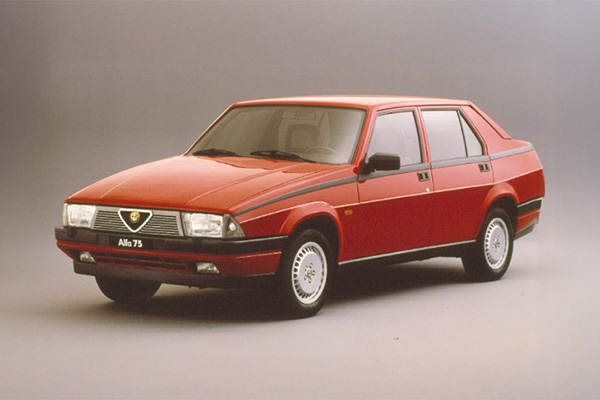
So why call this the 75? Simple, this was Alfa Romeo's 75th anniversary year and this car, the replacement for the Giulietta, was named as part of that. The 75 wasn’t a particularly stunning car when you consider sexier Alfas, but as a rear-drive saloon, its workmanlike shape still had merit as a piece of design. It wasn’t bog-standard, though, and it featured some welcome weirdness including a U-shaped handbrake and switchgear located above the driver's head in the roof.
As the last rear-drive saloon produced by Alfa before Fiat took over, it had engaging handling that aligned nicely with the later Twin Spark versions to produce what might reasonably be considered a ‘driver’s car’. So, what’s not to like? Well, the driving position wasn’t much fun for taller drivers and as is the norm with Alfas, there’s the inevitable reliability issues. You don’t buy an Alfa if you are expecting trouble-free motoring, you buy an Alfa, and in particular, a 75 because you are a ‘discerning’ and stylish and that’s all anyone needs to know about you.
Toyota MR2 (1985-1989)
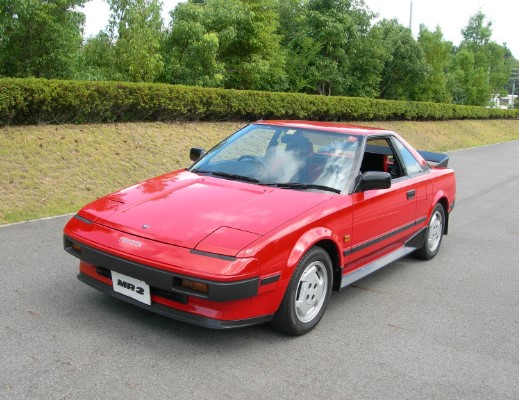
The Fiat X19 held the monopoly on Targa-topped mid-engined sports cars in the 1980s, but it was what you might call… fragile. So, when the Toyota made its entrance in 1984 and subsequently went on sale in UK dealerships a year later, sports car enthusiasts rubbed their hands. It set the scene: this was an affordable and (probably) reliable, little open-top that had balance, poise, style and performance. It was powered by a 1.6-litre 16-valve engine that could deliver a top speed of 124mph and the ability to sprint from a standstill to 60mph in just 8.2 seconds.
Naturally-aspirated, the MR2 was quick and although a supercharged version launched in Japan, many were imported and that gave the speed freaks their fix. Later in its life, UK models were also offered with the T-bar roof from the supercharged variant, with panels that could be removed entirely. Two generations followed the original but this first version is arguably the prettiest and now the more valuable.
Renault Espace (1985-1991)
The clue is in the title – Espace. If you want er… space, you need an Espace. The name does have a ‘see what we did there?’ element to it, but that’s the beauty of it – it markets itself. Even for car buyers who didn’t want a van or a people transporter, but something less… utilitarian, the Espace provided all the answers and that’s why it is often regarded as the first ‘real’ MPV.
British designer Fergus Pollock, who was working for Chrysler UK at the design centre at Whitley in Coventry, put together the shape, and although the style was something of a revolution it was how it was constructed that provided the fascination and the secret to its success. It featured a fibreglass body based on a galvanized steel spaceframe. The first models were powered by a petrol engine and then Renault introduced two diesel options.
The power unit was positioned as far forward as possible to maximise interior space, which did compromise the handling, but hey, you don’t buy an Espace to break records on the Nordschleife. Interchangeable and removable seats set out the practicality stall as did the two front seats that could swivel 180 degrees. The five back seats could - unlike any other car before it - be individually removed to tailor the cabin for increased passenger or luggage capacity depending on the need.
The Espace was roomy and the large windows allowed in plenty of light. It was the perfect vehicle for large families. Multiple iterations followed the Mk1 but this version should be regarded, quite rightly, as the ultimate MPV that set the standard for hundreds of MPVs to come.
BMW E28 M5 (1985-1988)
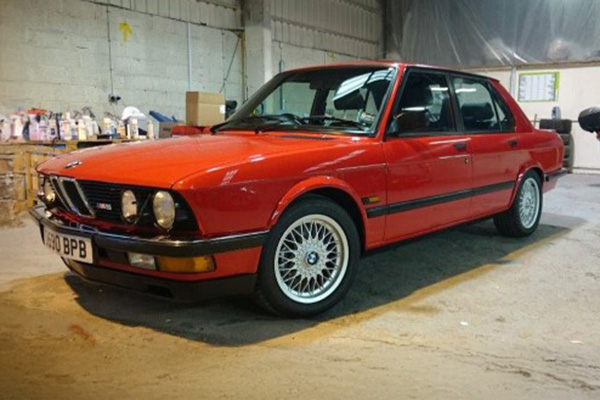
The E28 was the last of the shark-nosed cars, making way for one of the greatest BMWs of all time: the E30 (even though it is a 3-Series and not a 5), but there is a fondness for this vehicle for BMW enthusiasts that cannot be matched. Why? Because the E28 M5 is arguably one of the best sports saloons ever built. It just looks the part, and the performance stats tell you that it can play the part too. When it arrived in Britain, it was the fastest four-door you could buy, boasting a top speed of 156mph.
Powered by a six-cylinder, 24-valve, 286bhp engine lifted from the M1 supercar, it had Ferrari-rivalling performance. It had a relatively short life as the E28 was replaced by the E35 – a less stylish vehicle – but still a decent proposition for BMW enthusiasts. The original M5 price was £31,295, which is pretty demanding even back in the 80s, but prices have exploded somewhat over the past few years. Don’t be surprised to find them commanding figures well over £100k.
Ford Escort RS Turbo (1985-1990)
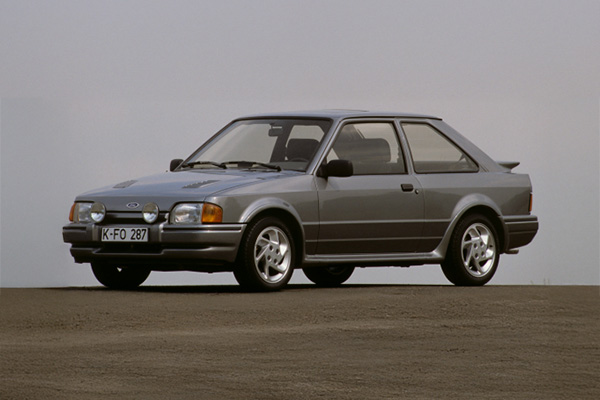
If you were a teenager in the 1980s and a car enthusiast you might have two posters on your wall: a Lamborghini Countach and a Ford Escort RS Turbo. The RS Turbo was an upgrade to the extremely successful XR3i that ‘boy racers’ lapped up, and it upped the ante both in terms of performance and cachet.
You got an XR3i? Oh ok, but if you have an RS Turbo, then you’ve gone up quite a notch. The RS Turbo was born during the 'homologation' era - when car makers were producing a limited number of high-performance road models which they could modify and tune to compete on the competition stage. Ford initially planned to build 5,000 RS Turbos - the minimum requirement for homologation to Group A racing rules - but demand was such that a total of 8,604 were made.
For the record the RS was powered by a 1.6-litre engine which was boosted by a Garrett T3 turbocharger to produce 132bhp and a top speed of 125mph. Almost all RS Turbos were finished in Diamond White but a one-off S1 black example, first delivered to Princess Diana, sold for a staggering £650k at auction in August 2022.
Peugeot 309 (1985-1993)
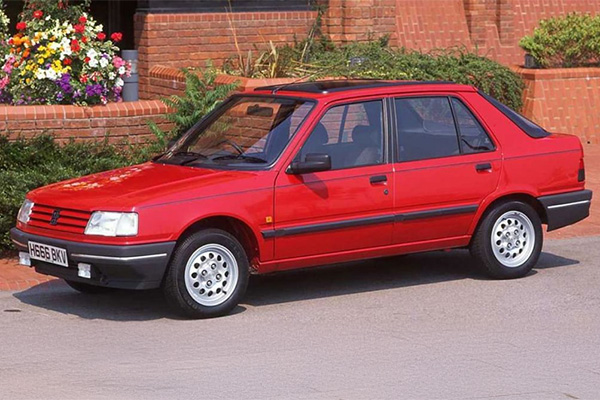
The Peugeot 309 was a direct rival to the Ford Escort, and really it didn’t much cut the mustard. It had a certain sort of gallic charm, which is somewhat contradictory because it was designed at the company's studio in Whitley, now the headquarters and engineering centre for Jaguar Land Rover. It was originally set to be a Talbot but parent group Peugeot decided that it was to be one of its own. It’s sort of wallpaper and not really that exciting and didn’t capture the imagination of British car buyers in the way that its smaller sibling, the 205, did.
Still, it delivered all you needed from a mid-range hatchback and although it’s nowhere near an icon or legend, it’s admirable and if you are looking for a classic that’s a little different from the norm you won’t have to pay through the nose. The exception, though, is the 309 GTi, which for a time was the less-stolen thinking man’s alternative to the more famous 205 GTi. With a little more weight over the back wheels, rumour has it it’s the better handler, too.

COMMENT